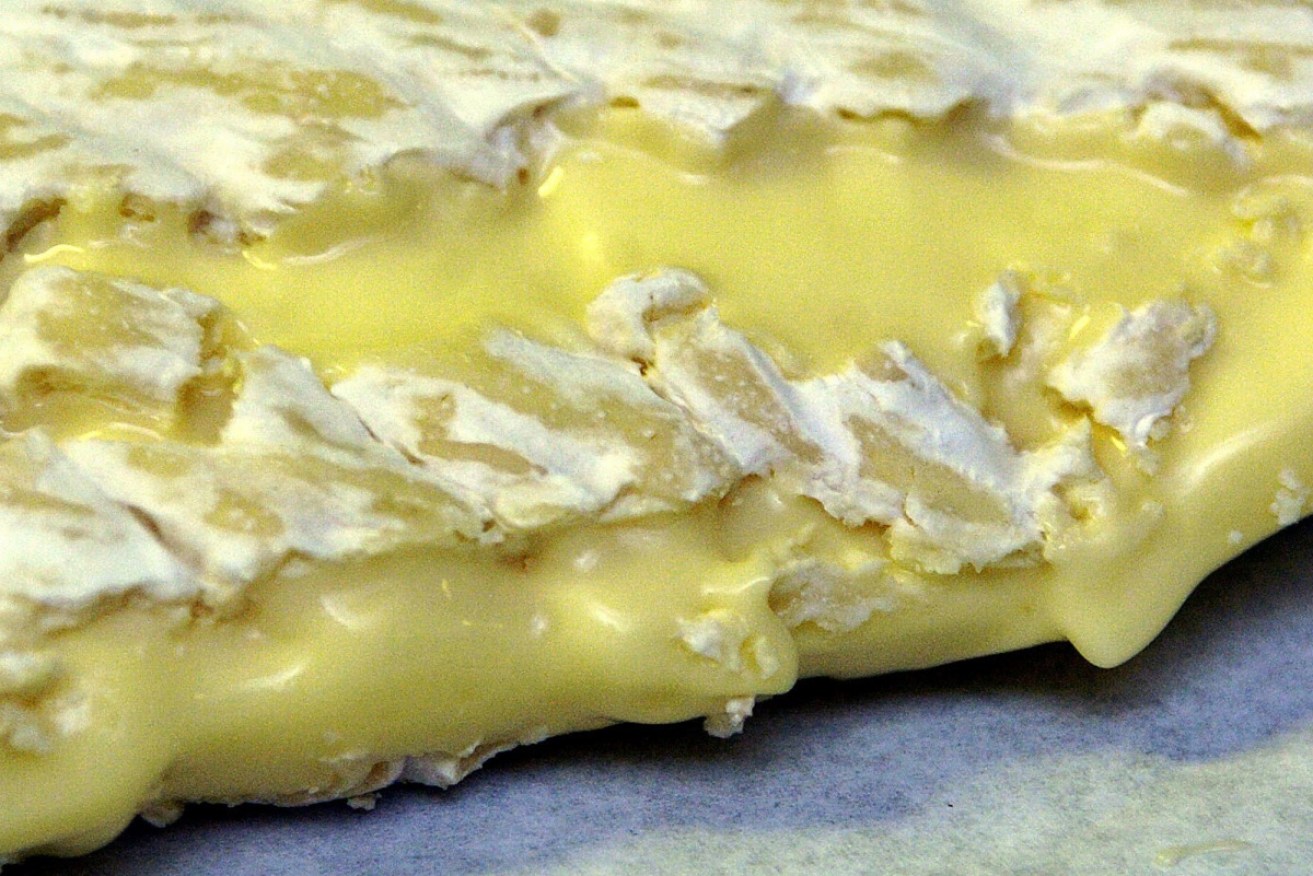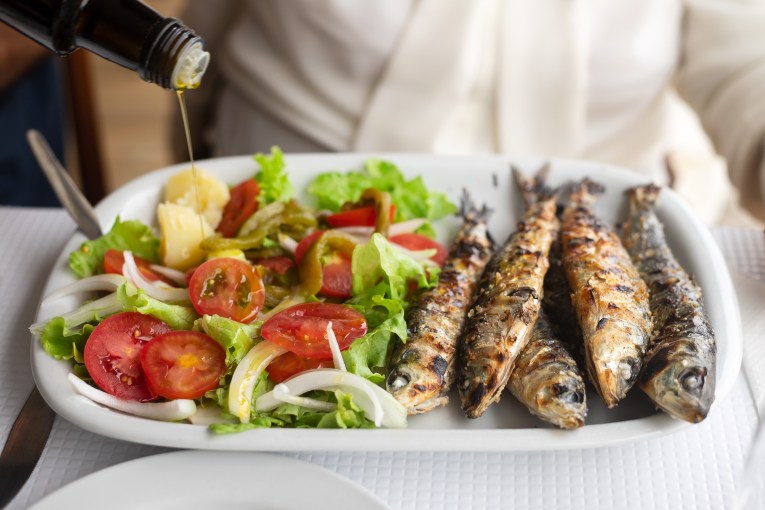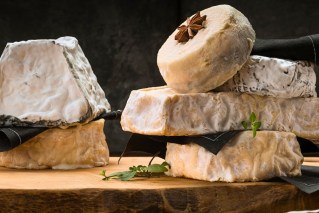Ten facts you didn’t know about cheese

Certain cheese and dairy products could be in short supply if dairy workers continue to strike. Photo: AAP
Everyone loves a good cheese. Humans have been obsessed with it ever since we discovered curdled milk was both good to eat and could be made to last.
Now there’s around 2000 different varieties of the stuff and, from a classy cut of aged Gouda matched with a nice wine to a stringy mozzarella oozing over a pizza base, everyone has a favourite.
So if you consider yourself a turophile – a lover of cheese – read on to discover some gooey pieces of trivia.
• We give you the good and the bad about beer
• The obscene eating movement taking over
• Ten-minute meals for when your fridge is empty
Cheese is older than recorded history
Historians suggest humans were making cheese as far back as 7500 years ago. The evidence is circumstantial and relies on residual fats found in shards of pottery, but if the most extreme estimates are true it means the block of cheddar in your fridge has a history dating back to the Neolithic era.

Cheese is not a new concept. Photo: AAP
The oldest cheese still existing was found preserved on 3800-year-old Chinese mummies last year. Researchers analysed the basic kefir-like cheese and were able to create their own matching batch.
It doesn’t cause nightmares
An old myth claims you shouldn’t eat cheese before bedtime because it will give you nightmares. However, cheese contains an amino acid called tryptophan, which promotes sound sleep, and nightmares tend to occur when your sleep is disturbed.
While you might still have bad dreams after eating cheese, it might be because you’ve had a large meal with it.
But it can cause weird dreams
An informal week-long study conducted by the British Cheese Board in 2005 gave 200 people different cheeses to eat before bed. The results were interesting.
Volunteers eating Stilton cheese reported strange and vivid dreams including soldiers fighting with kittens instead of guns, and a vegetarian crocodile upset because it couldn’t eat children.
Cheddar was found to encourage dreams featuring celebrities and Red Leicester seemed to create nostalgic dreams of childhood and old friends.

That’s not going to work. Photo: Getty
Mice don’t really like it
Those old Tom and Jerry cartoons lied to you. If you try to trap a mouse with cheese you could only warn the creature away.
A 2006 study found mice prefer sweet and sugary foods over the savoury snack. Mice don’t usually have access to cheese, so while they may eat it if they’re hungry, they haven’t developed a liking for it. They may also be repelled by the more pungent cheeses.
It has many health benefits
Cheese has a bad reputation for being fattening and many varieties contain high levels of sodium. But it’s not all bad news. As a dairy food, cheese is a really good source of calcium and vitamin D – so it’s good for your bones – and other nutrients such as zinc, phosphorus, vitamin A, vitamin B2 and vitamin B12.
If you’re worried about the fat, varieties like parmesan, mozzarella, ricotta, cottage cheese and feta are the leanest cheese varieties.
You can eat it if you’re lactose intolerant
While it always depends on your personal level of intolerance, many lactose intolerant people can eat aged, dry cheeses like cheddar, parmesan, pecorino and gouda. The bacteria in these aged cheeses has had time to turn the lactose into lactic acid, which anyone can eat.
Some kinds are illegal
Casu marzu, a traditional Sardinian sheep’s milk cheese, has a strange relationship with European Union law. It was deemed illegal for years as lawmakers decided the cheese’s iconic live maggot and larvae additions were a health risk. Now, it’s classified as a traditional food, but is still very difficult to find, with or without the live maggots.
But it’s not just maggots that make a cheese illegal. In August this year six Russians were arrested for producing cheese using embargoed Western goods.
Other kinds are really unusual
One of the world’s most expensive cheeses comes from the Moose House in Sweden. The farm owns three moose cows, and their milk is used to create cheese. It sells for around $US1000 a kilo.
A Japanese award winner is sakura cheese. While it’s made from cow’s milk, it’s also heavily flavoured with cherry blossom leaves and gingered flowers. It won the Mountain Cheese Olympics in 2004.

Variety is the key to a great cheese platter. Photo: Dairy Australia
There’s a rule to presenting a cheese platter
Dairy Australia recommends three cheeses to a platter: one soft cheese, such as camembert or brie, one hard cheese, like cheddar, and one strong cheese.
A good rule-of-thumb for accompaniments is something crunchy, something sweet and something tangy. Walnuts go well with cheese as do many dried fruits and dukkah.
They have seasons
Like fruit, different types of freshly-made cheeses aren’t always available all year round. Fresh goat’s cheese is only available when goats are milking, and some cow’s milk cheese tastes different if the cows can’t graze on fresh grass.
Cheese also ripens like fruit. If you’re buying soft wheel cheeses like camembert and brie you can test them by gently squeezing them like an avocado. If they’re hard then they’re not ready to be eaten.








